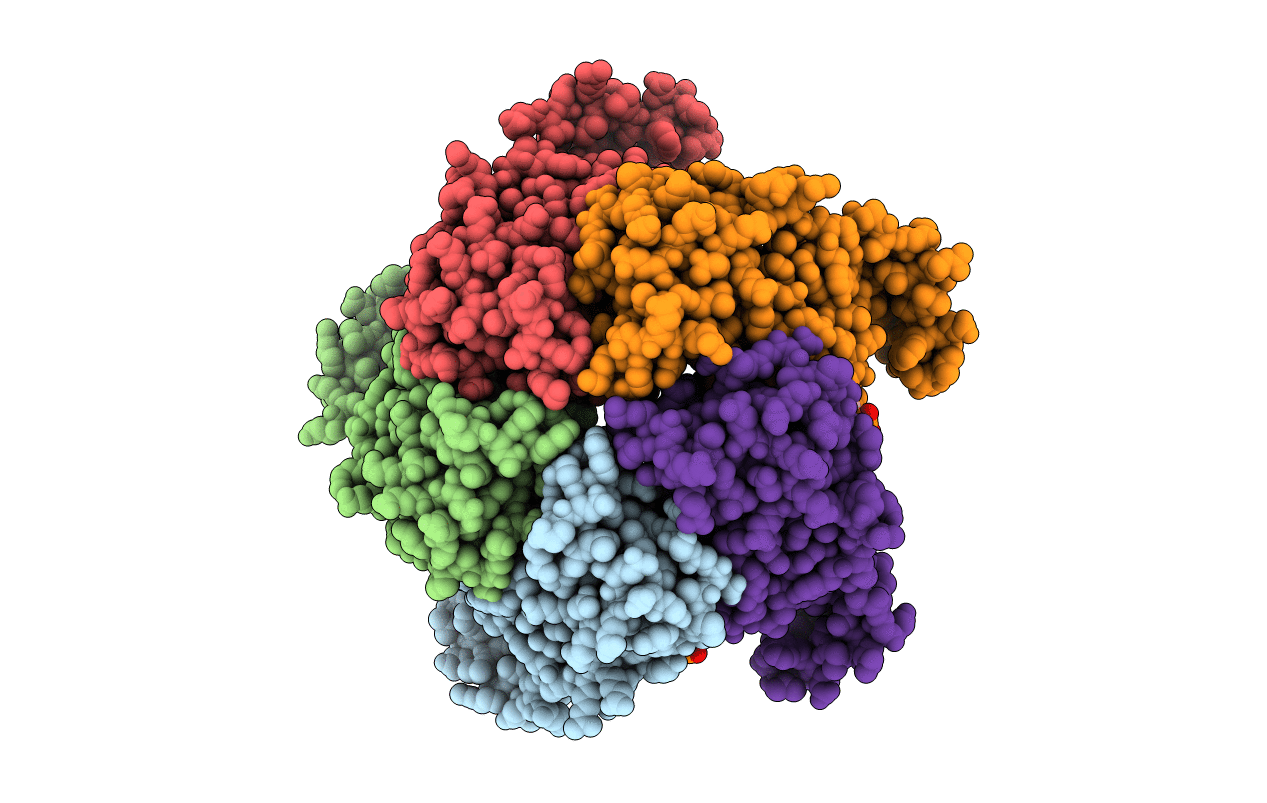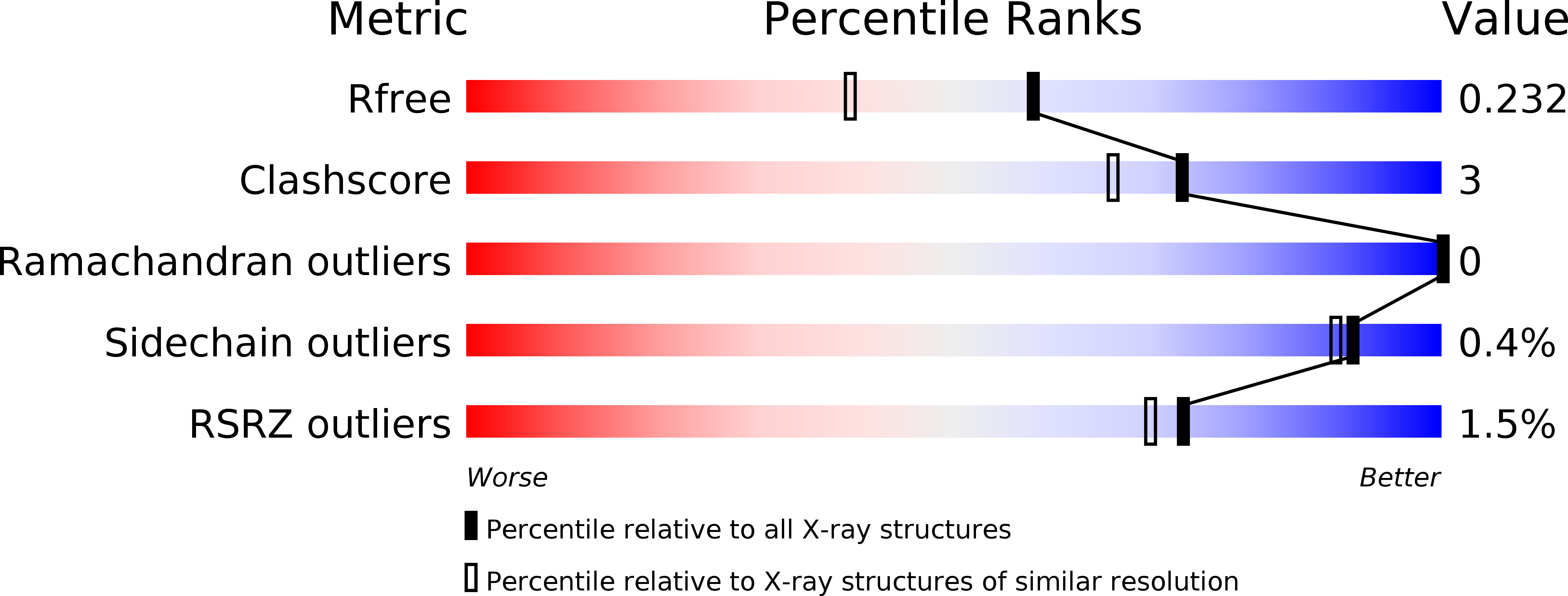
Deposition Date
2004-12-08
Release Date
2005-07-19
Last Version Date
2024-03-13
Entry Detail
Biological Source:
Source Organism:
Thermus thermophilus (Taxon ID: 274)
Host Organism:
Method Details:
Experimental Method:
Resolution:
1.82 Å
R-Value Free:
0.23
R-Value Work:
0.20
Space Group:
C 1 2 1


